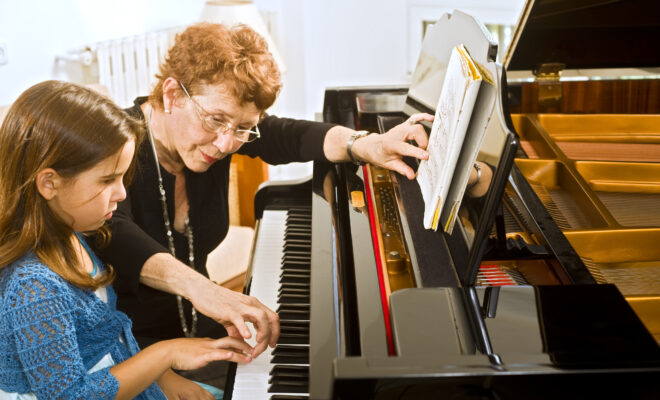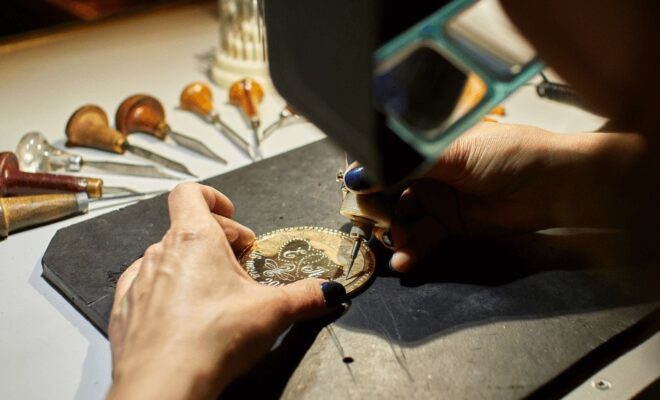Comprehensive Piano Services for Maintenance, Tuning, and Care

A well-cared-for piano pays you back every time a key is pressed. Comprehensive piano services for maintenance, tuning, and care aren’t just “nice to have”—they’re what keep tone vibrant, touch responsive, and the instrument stable for decades.
This guide outlines what piano owners actually need: regular tuning to preserve sound quality, core maintenance tasks to prevent wear, restoration options for aging instruments, and specialized services such as moving and appraisals.
By the end, you’ll know when to schedule maintenance, how to spot early issues, and how thoughtful care protects both performance and long-term value. For expert help and personalized attention, explore Our Piano Services to keep your instrument performing at its best year after year.
Why regular tuning preserves sound quality
Pianos are precision machines under immense tension, typically more than 200 strings pulling with a combined force of 18–20 tons. Over time, strings naturally stretch and the wooden soundboard subtly expands and contracts with humidity changes. Even if it isn’t played, the instrument will drift from standard pitch (A440) and fall out of tune.
Here’s what regular tuning actually fixes:
- Restores pitch: Tuning brings every string back to A440 and aligns octaves across registers. When the whole piano drifts flat, technicians may perform a pitch raise before fine tuning.
- Rebalances harmony: Small deviations between strings in unisons create beating and a fuzzy tone. Tightening unisons makes chords lock in and melodies speak clearly.
- Protects structural equilibrium: Keeping consistent tension across the scale reduces uneven stress on the frame, bridges, and soundboard.
How often should a piano be tuned? Most home instruments benefit from at least annual service: twice per year is ideal, especially in climates with seasonal humidity swings. New pianos (or those that have just been restrung) often need more frequent attention as new strings stretch and settle. Instruments used for recording, teaching, or performance are commonly tuned before sessions or events.
Beyond pitch, tuning is when a technician hears the instrument’s overall health. They’ll often flag loose tuning pins, slipping unisons, buzzing strings, or action issues that a casual player might miss. Pairing tuning with periodic regulation and voicing keeps tone and touch in sync, because a perfectly tuned piano with poorly regulated action still won’t feel right.
Common maintenance tasks every piano requires
A piano’s tone and touch are the result of thousands of parts working together. Routine maintenance prevents minor quirks from becoming expensive problems and keeps the instrument enjoyable to play.
Regulation (touch and responsiveness)
Regulation is the adjustment of the action, the complex mechanism that translates key movement to hammer strike. It includes key height and dip, hammer let-off, drop, backcheck distance, and repetition. When regulation drifts, notes feel uneven or sluggish, soft playing becomes hard to control, and fast passages don’t repeat cleanly. Light to moderate use may only need regulation touch-ups every few years: heavily used pianos (teaching studios, churches) need it more often.
Voicing (tone shaping and evenness)
Voicing balances brightness and warmth by shaping and needling the hammers, hardening felt where necessary, and aligning strings and hammers. If the top octave is glassy while the middle is dull, or certain notes “shout,” voicing evens things out. Owners typically combine voicing with tuning once or twice a year, or as tone preferences evolve.
Humidity control
Wood and felt are hygroscopic, they absorb and release moisture, which changes dimensions and tension. Aim for a stable 40–50% relative humidity. In dry seasons, humidify the room or use a dedicated piano humidity-control system: in damp seasons, dehumidify. A simple digital hygrometer near the piano is invaluable. Stable humidity reduces tuning drift, prevents sticking keys, and protects the soundboard and bridges.
Cleaning (inside and out)
- Keys: Lightly damp microfiber for plastic keytops: distilled water with a tiny bit of mild soap for stubborn grime (never soaking). Always wipe front-to-back.
- Case and soundboard: Dry dusting with a soft cloth or feather duster. Avoid polishes or sprays that can migrate inside and affect action parts.
- Interior: Leave it to a technician. They’ll safely remove action components to vacuum dust bunnies, stray paper clips, or the occasional Lego.
Minor repairs and adjustments
- Sticking or sluggish keys: Often humidity-related or due to compressed key bushings: quick to correct when caught early.
- Squeaks or clicks: Typically felt or leather that’s hardened or misaligned: technicians can re-lubricate or replace.
- Pedal issues: Lost motion or noisy pedals are usually simple linkage or felt fixes.
- Loose bench hardware: An easy preventive check during service.
Checklist owners can follow:
- Tune at least annually (ideally every 6 months in variable climates).
- Ask for a regulation/voicing evaluation every 1–2 years.
- Keep a stable environment: 40–50% RH, away from sunlight, vents, and exterior walls.
- Dust gently: leave internal cleaning and repairs to pros.
- Log service dates and notes to spot patterns over time.
Restoration services for aging or damaged instruments
When a piano has significant wear, restoration can return it to reliable musical life, and in many cases, original glory. Not all projects are the same, so technicians often use different terms:
- Reconditioning: Selective repairs and adjustments to improve function and tone without major part replacement. Ideal for instruments that are basically healthy but tired.
- Restoration: Broader renewal, new hammers, shanks, flanges, key bushings, damper felts, strings, and often a new pinblock. Bridges may be repaired: soundboards evaluated and repaired if feasible.
- Rebuilding: A near-complete teardown, often including a new soundboard, pinblock, bridges, full action, and case refinish. Typically reserved for high-quality grands with long-term value.
Common signs it’s time to discuss restoration:
- Persistent tuning instability due to loose tuning pins or a failing pinblock.
- Grooved or flattened hammers that won’t voice well anymore.
- Noisy action with excessive lost motion or severe regulation drift.
- Rusted strings, cracked bridge caps, or loose plate bolts.
- Case finish deterioration beyond touch-ups.
What to expect:
- Evaluation: A written condition report outlining priorities, options, and costs. Serial number research helps determine age and original specs.
- Scope and timeline: Reconditioning might take days or weeks: full rebuilds often take months.
- Outcome: Restored dynamic range, improved tuning stability, refined touch, and renewed cosmetic appeal. For heirloom or premium instruments, restoration can significantly extend lifespan and preserve or increase resale value.
A note on soundboard cracks: Many hairline cracks are benign if ribs remain well-glued and there are no audible buzzes. A trusted technician will explain whether repair is necessary or optional.
Costs vary widely by make, model, and scope, from a few thousand dollars for targeted work to a five-figure investment for comprehensive rebuilding. The deciding factors are musical goals, sentimental value, and the instrument’s underlying quality.
Specialized services such as moving and appraisals
Pianos are heavy, delicate, and awkwardly shaped—an unfortunate trifecta for any DIY move. Professional piano movers use specialized equipment such as dollies, skid boards, heavy padding, and, when necessary, cranes to ensure safe transport. They understand plate orientation, lid and leg removal for grands, stair navigation, and load securement during transit.
After relocation, always allow the piano to acclimate to its new environment for a week or two before scheduling a tuning. This helps the instrument adjust to temperature and humidity changes, preserving tone and stability.
For expert assistance with professional piano moving, appraisals, and post-move care, Click here to learn more.
Other specialized offerings worth knowing:
- Appraisals: Useful for insurance, resale, or donation. A qualified technician will document the make, model, serial number, age, condition, regional market comparables, and any restoration history. Request a written report with photos.
- Climate-controlled storage: Essential if the instrument will be off-site for renovations or extended travel.
- Player and silent system installs: Many acoustics can be retrofitted with modern player systems or silent-practice kits that maintain touch while enabling headphone play.
- Disaster recovery: After water exposure or smoke damage, time matters. Disconnect power (for hybrids), avoid playing, and call a technician immediately. Early triage can mitigate rust, mold, and felt delamination.
If comparing vendors, ask about insurance coverage, technician certifications, references, and what’s included in quotes (e.g., stair fees, post-move tuning, climate control during transit). It’s not just about moving an object, it’s about preserving a musical instrument.








